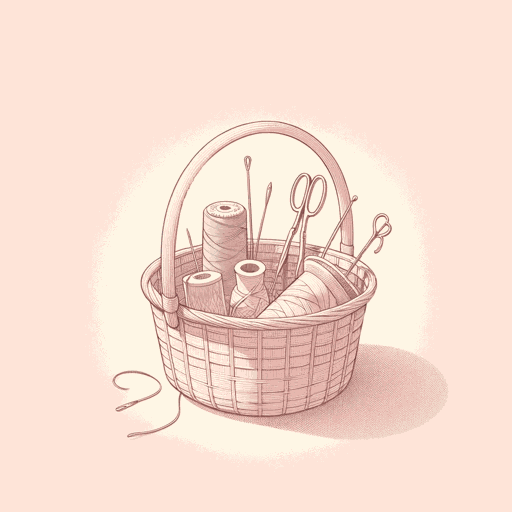22 pages • 44 minutes read
Mary Eleanor Wilkins FreemanA New England Nun
Fiction | Short Story | Adult | Published in 1891A modern alternative to SparkNotes and CliffsNotes, SuperSummary offers high-quality Study Guides with detailed chapter summaries and analysis of major themes, characters, and more.
Themes
Femininity, Virginity, and Sexual Repression
Louisa is not only neat and tidy, but she also fears sexual passion. Freeman gives the reader details that symbolize Louisa’s repressed nature. Beneath Louisa’s placid exterior is an internal struggle. Elements, such as her sewing, the caged canary, and her aprons, represent the desires that she is struggling to keep hidden.
Sewing is the act of closing something up. Freeman notes that Louisa has never misplaced one her “feminine appurtenances,” meaning that for Louisa sewing is intrinsically feminine, and, by extension, femininity is meant to be closed up, not opened. This can also be applied to Louisa’s feelings about sexual intercourse, preferring that her body remain closed up as well. Freeman establishes this in her introductory characterization of Louisa so the reader understands Louisa’s point of view. Everything in Louisa’s house is organized precisely; she keeps objects, such as her dining table, which is covered with a starched white linen cloth, perfect and pristine. Louisa does not make sudden movements, rather her movements are “slow and still” (2). Louisa is most comfortable in her well-ordered world where there are no surprises or external stimuli to disturb her.
Joe’s appearance shows how much Louisa fears not only disorder, but also the threat to her sexual purity.

